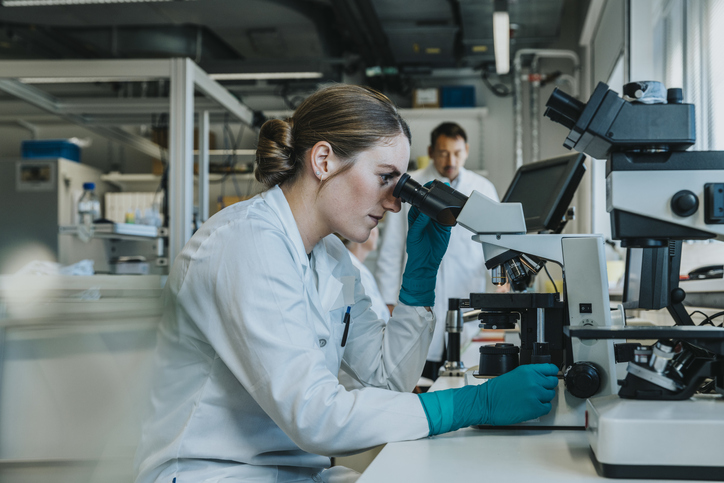For years, Escherichia coli and wheat germ extracts—thanks to their high protein yields—have been considered “go-to” systems for producing recombinant proteins. They, however, often lack the conditions to consistently translate mammalian proteins of interest. Mammalian cell-free protein synthesis (CFPS) systems would seem to be a logical solution, but they come with low protein yields and challenging scaleups.
A novel cell-free efficient protein synthesis (CFEPS) system derived from human cells appears to overcome those challenges. It was developed by Nikolay Aleksashin, PhD, postdoctoral researcher; Stacey Tsai-Lin Chang, doctoral candidate; and Jamie H.D. Cate, PhD, professor of chemistry, and also of biochemistry, biophysics, and structural biology, at the University of California, Berkeley.
It is “based on extracts from HEK293T cells that are engineered to endogenously express GADD34 and K3L proteins, which suppress phosphorylation of translation initiation factor elF2α,” they wrote in a recent paper. Overexpressing those two proteins before cell lysate preparation notably simplifies the process, they note.
Physiologically relevant
“Our system allows for the in vitro expression of proteins in a more physiologically relevant environment, which could be particularly advantageous in the production of biopharmaceuticals,” Aleksashin, first author, and postdoctoral fellow in Cate’s lab, tells GEN. Because the translational machinery is all derived from human sources (apart from the bovine tRNA), the CFEPS system helps the genes for the GADD34 and K3L proteins to integrate into the genome in a more stable way, thus minimizing complications that may impair cell viability.
“It also simplifies and streamlines the process of cell extract preparation, which democratizes the entire procedure,” he says.
Limitations include a modest stress response that, Aleksashin says, “can be mitigated by GCN2 kinase inhibitors…and optimized in the future,” and the need for special equipment and expertise to overexpress two proteins in human cells before lysate preparation. And, he cautions, “like any in vitro system, there may be differences in protein folding, post-translational modifications, or protein-protein interactions.” He suggests the CFEPS system may be improved by reducing the endogenous mRNA in the extract and decreasing eEF2 phosphorylation.
“The CFEPS system opens up several exciting new directions for research,” Aleksashin continues. “We think it could be used to produce therapeutic proteins that might otherwise be toxic to cells (for possible use in targeted cancer therapies). We also think the CFEPS system could aid the discovery of new biotherapeutics, i.e., by carrying out mRNA display in more relevant conditions to human biology. We also plan to use the CFEPS system to explore the fundamentals of human translation in conditions that are hard to control within cells.”


